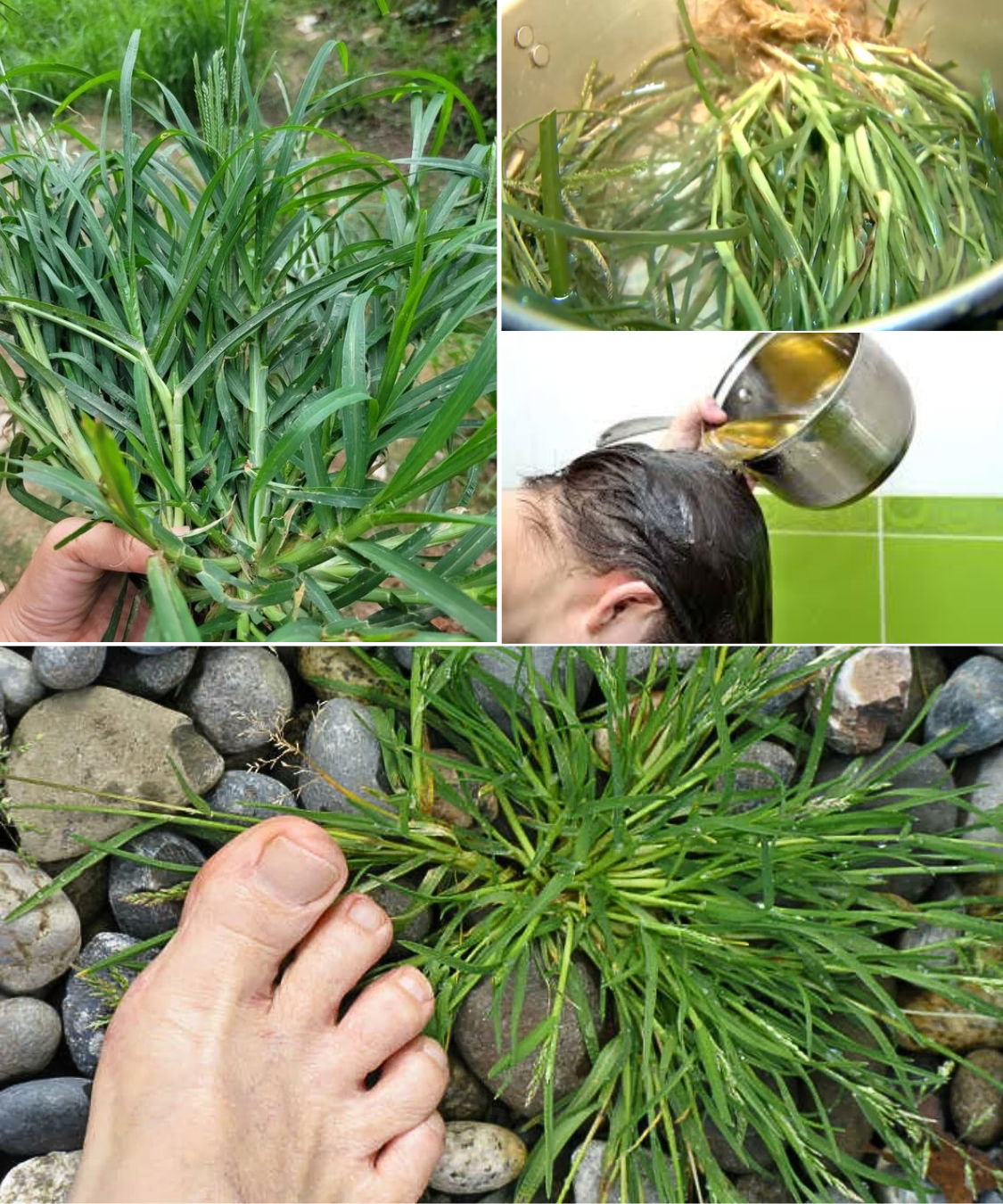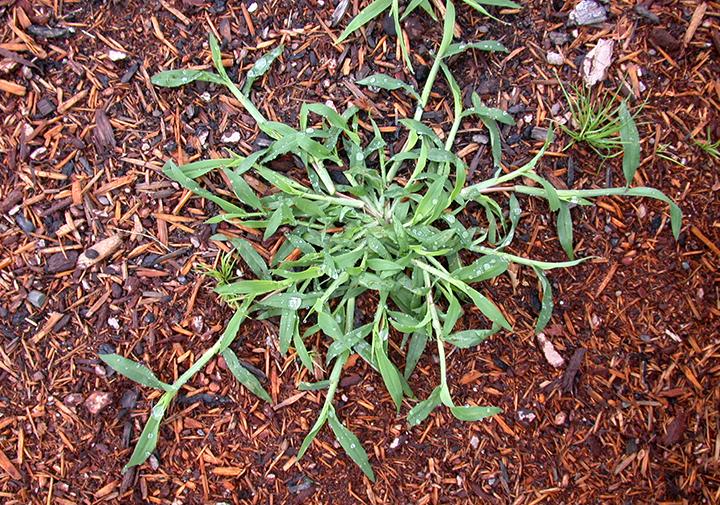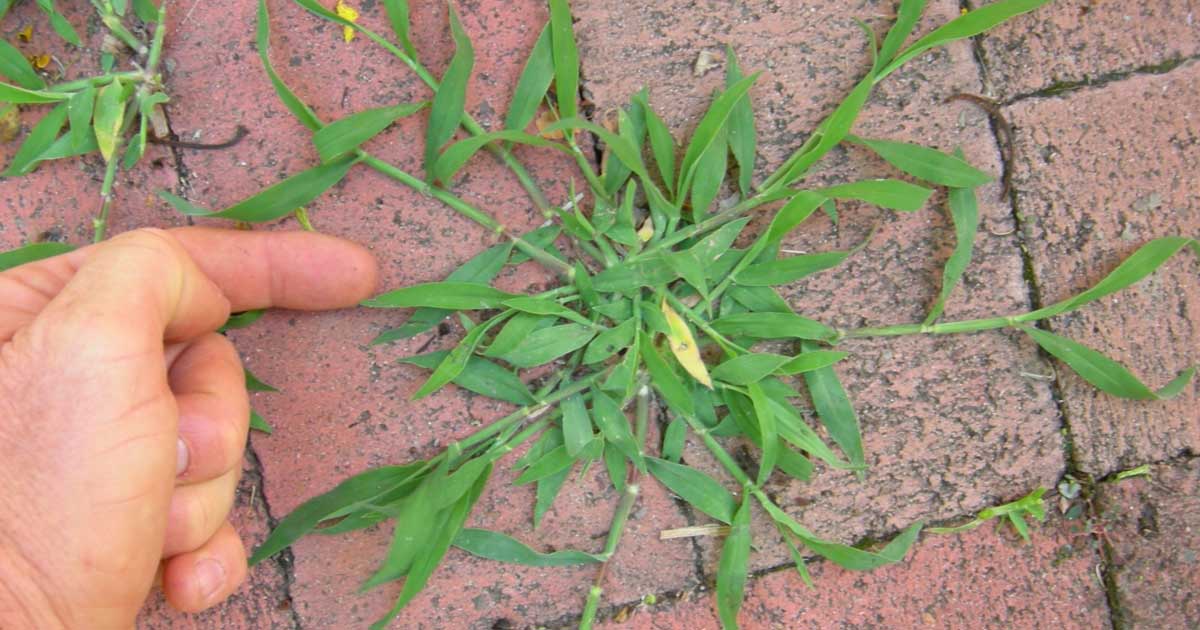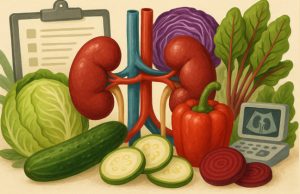
Crabgrass (Digitaria sanguinalis) is considered as nosy weed in gardens and urban areas. From reducing inflammation to encouraging digestion and kidney health, crabgrass provides a variety of health benefits. Let’s explore the health advantages and discover products.
How to Use Crabgrass for Health Benefits
Internal Use:
- Simmer a handful of fresh crabgrass leaves and stems in half a liter of water for five minutes.
- Weaken and drink once or twice daily to experience its health benefits.
External Use:
- Squeeze fresh crabgrass leaves and apply directly to affected skin areas as a poultice.
- This method helps soothe irritation and promotes healing.
Benefits:

Anti-Inflammatory Properties of Crabgrass
Crabgrass naturally consists of anti-inflammatory ingredients that help alleviate joint pain, arthritis, and muscle soreness. This makes it an poweful natural remedy for those experiencing discomfort related to inflammation.
Diuretic Effects for Kidney Health
Crabgrass operates as a natural diuretic, promoting urine production to help the body remove toxins. This can be particularly helpful for individuals with kidney concerns or water retention.
Crabgrass for Better Digestion

Traditionally, crabgrass has been used to enhance digestive health. It relieves bloating, indigestion, and mild stomach discomfort. Functioning as a gentle laxative, crabgrass tea boosts regular bowel movements and helps maintain digestive balance.
Relief from Skin Irritations
Crabgrass can soften minor skin irritations, insect bites, and rashes. Creating a poultice from crushed crabgrass leaves supports anti-inflammatory and antibacterial benefits, reducing redness and enhancing faster healing of minor cuts and wounds.



















